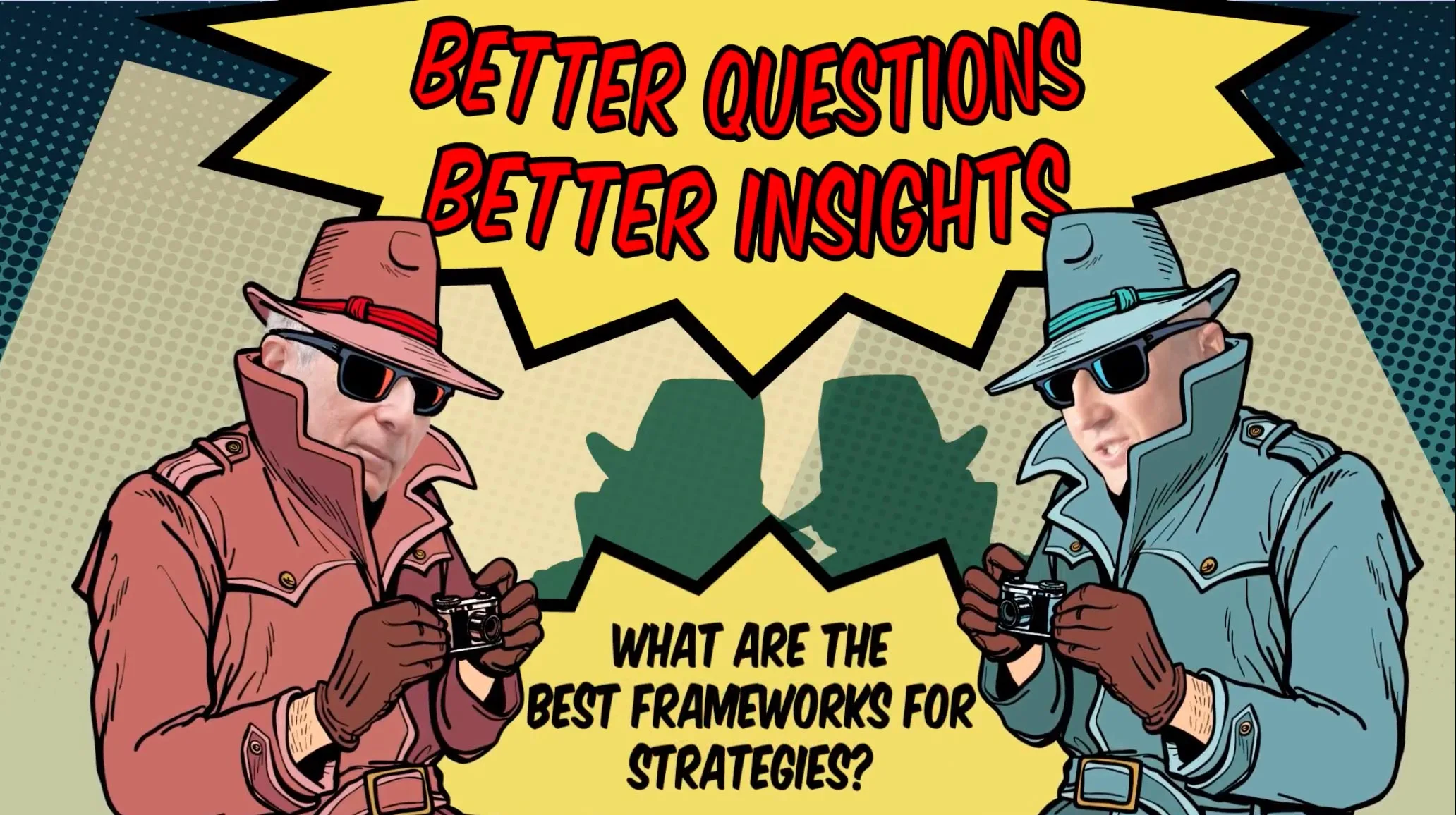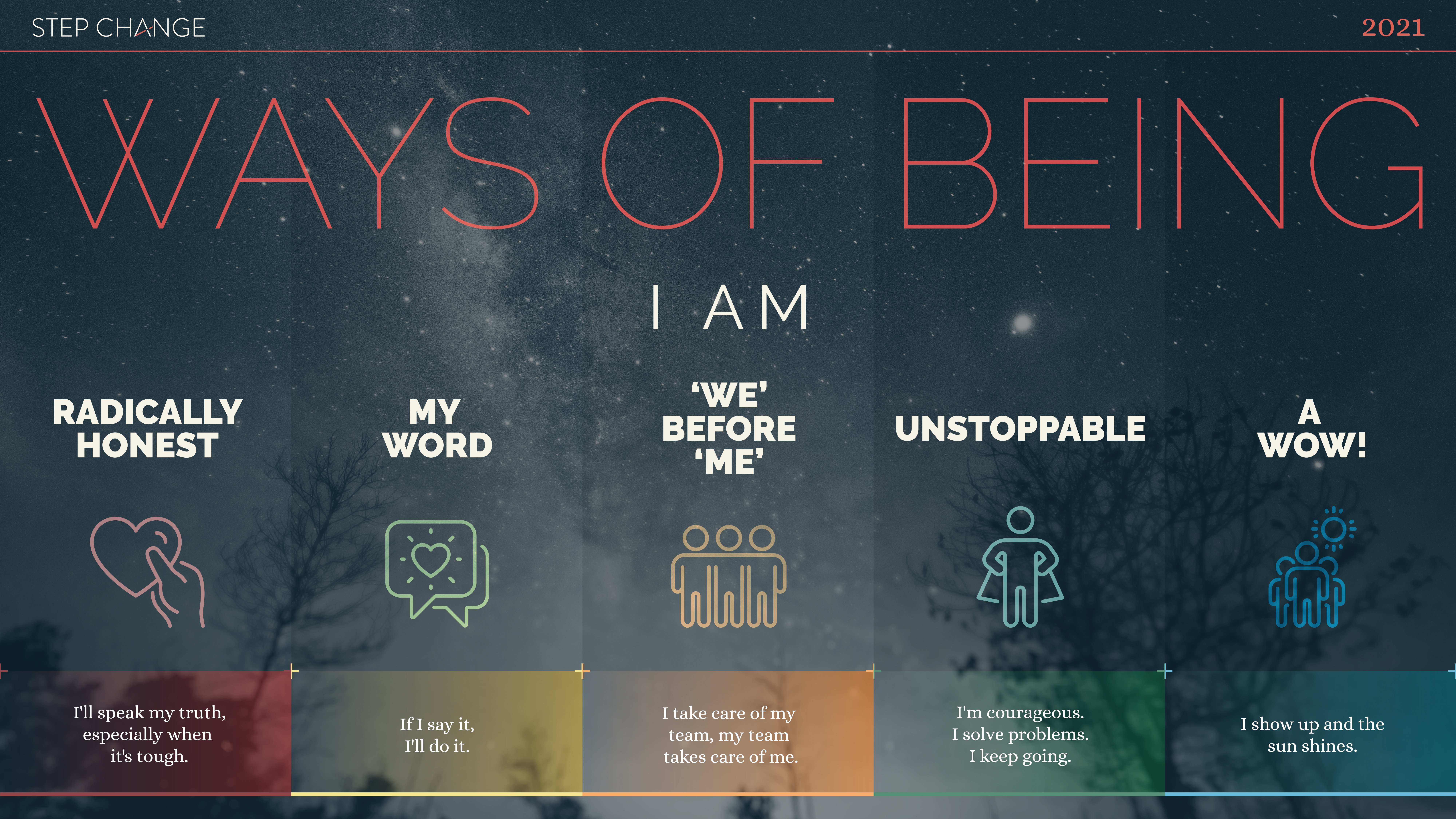Challenger brands don’t spend the money that market leaders do for promotion, R&D, or operations. So how do successful challengers outperform market leaders even with scarce resources?
Insight: You don’t have to have disruptive million-dollar budgets for marketing or R&D to be successful. A challenger mindset can be enough to make your business profitable.
Data: Take, for instance, Tony’s Chocolonely. With a mission to raise awareness of slavery and child labour in the cocoa industry, the brand successfully rose as the market-leading chocolate brand in the Netherlands without the use of paid ads. (The Challenger Project)
Key Action Point: Read further to find out what makes challenger brands like Tony’s Chocoloney successful in their categories.
What Is a Challenger Brand?
A challenger brand is a brand that is defined primarily by its mindset. It communicates goals that are bigger than its budgets, although it does not market with the intent to become an industry leader.
Adam Morgan, the Founder of eatbigfish and the one who popularised the term ’challenger brand’, defines it as “brands and businesses with ambitions that outstrip their resource; those who know they must apply a very different approach to strategy, positioning and company culture in order to compete with the established leaders.”
Challenger brands can eventually become market leaders, but the true strength lies in its ability to thrive as the underdog.
Challenger Brands and Disruptor Brands: What’s the Difference
Although they sound similar, the challenger brand and the disruptor brand are fundamentally different. The disruptor brand sees a hole in the market and looks to fix it with a unique service.
For instance, Uber would be a disruptor brand while Lyft is the challenger. Uber came first with a service no one had heard of; Lyft followed. Lyft successfully challenged Uber concerning transparency of records, which made Lyft more suitable for small businesses.
As a result of its successful challenge, Lyft actually beat Uber to its initial public offering (IPO).
Disruptor brands are specifically looking to move into a market leadership role. They come into the space with enough money to accomplish this goal. The market itself is usually immature and in need of consolidation or stability.
The Strengths of the Underdog
They are led by a bigger purpose.
The Dutch chocolate company, Tony’s Chocolonely, came with a mission, which is “100% slave free”. Having a fundamental belief in the company’s value is essential to promoting the brand as an essential player in its industry. The brand promise of a challenger brand is often much stronger than that of industry leaders.
They tell a compelling story.
The service that many challenger brands offer is not the primary selling point. In many cases, there is no difference between the service offered there and the service of another brand. The difference is in why a customer makes the purchase.
With Tony’s, their chocolate bar doesn’t come with equally divided pieces. Instead, the squares are uneven. This symbolises the unfairness and inequality present in their industry: CEOs are paid millions, but on the other side of the coin, children are unjustly forced to work and without pay. According to Pascal Van Ham, Tony’s Head of Marketing, “Our chocolate bar tells our story. We’re fair and not so square.”
They build and nourish communities.
Whether it’s Tony’s Chocolonely supporting Ghana’s cocoa farmers earn a living income or TOMS shoes giving away a pair of shoes for every sale or the waitresses at Dick’s Last Resort treating you badly on purpose, the challenger brand proudly promotes some kind of community. This is important in a world of socially conscious Millennials. A Consumer Technographics study (and every other industry study) tells us that 70% of Millennials consider company values before making a purchase decision.
They develop quality products/services.
Although the service or product that a challenger brand offers is not completely different from other brands, it is still of a high enough quality to justify doing business. Regardless of the story that a brand offers, no audience is going to put up with subpar production value for very long.
For Tony’s Chocolonely, the team really ensured that they train farmers for five years on how to make their farms profitable and enable them to improve their crop.
They relentlessly focus on giving the consumers a positive experience.
Instead of trying to disrupt the #1 competitor in the space, the challenger brand tries to disrupt customer expectations of the market. This can be done through a product, but more often, it is done through marketing or a strong brand voice.
They ensure repeat business.
One of the most important characteristics of a challenger brand is creating customer loyalty. Without the marketing budget to consistently expand market share, the challenger company relies on repeat business. This is also a much less expensive strategy. Retaining a customer is around 5X less expensive than earning a new one.
Tony’s has effectively and powerfully adapted the challenger mindset, and this showed on their results: as of 2018, they have sold more than 36 million bars and their revenue rose from 44.9 million to 55.1 million.
Conclusion: The Rise of Challenger Brands
With industries consolidating, and the digital landscape becoming even more complex, it’s becoming more challenging to find inroads into blue-chip internet business unless you come in with millions of dollars and a fully stacked Board of Directors.
What does this mean for us? To succeed, we will need to come in with the philosophy and strategy of a challenger brand. The rise of the challenger brand also coincides with the need for higher productivity in digital business. To compete, we need to get more bang for our buck.
In that sense, every brand is a challenger brand regardless of scale. The future of business will be found in this space, with the true successes of tomorrow plucked directly from the most strategic leaders of today.
















